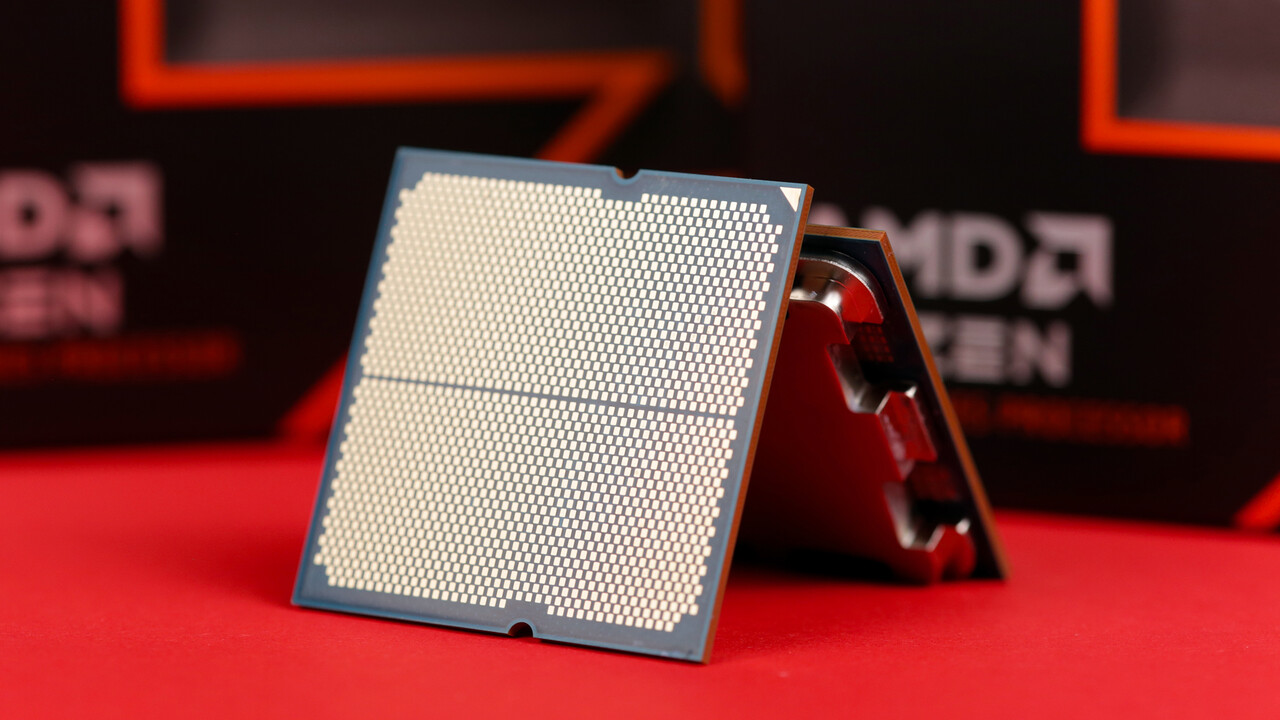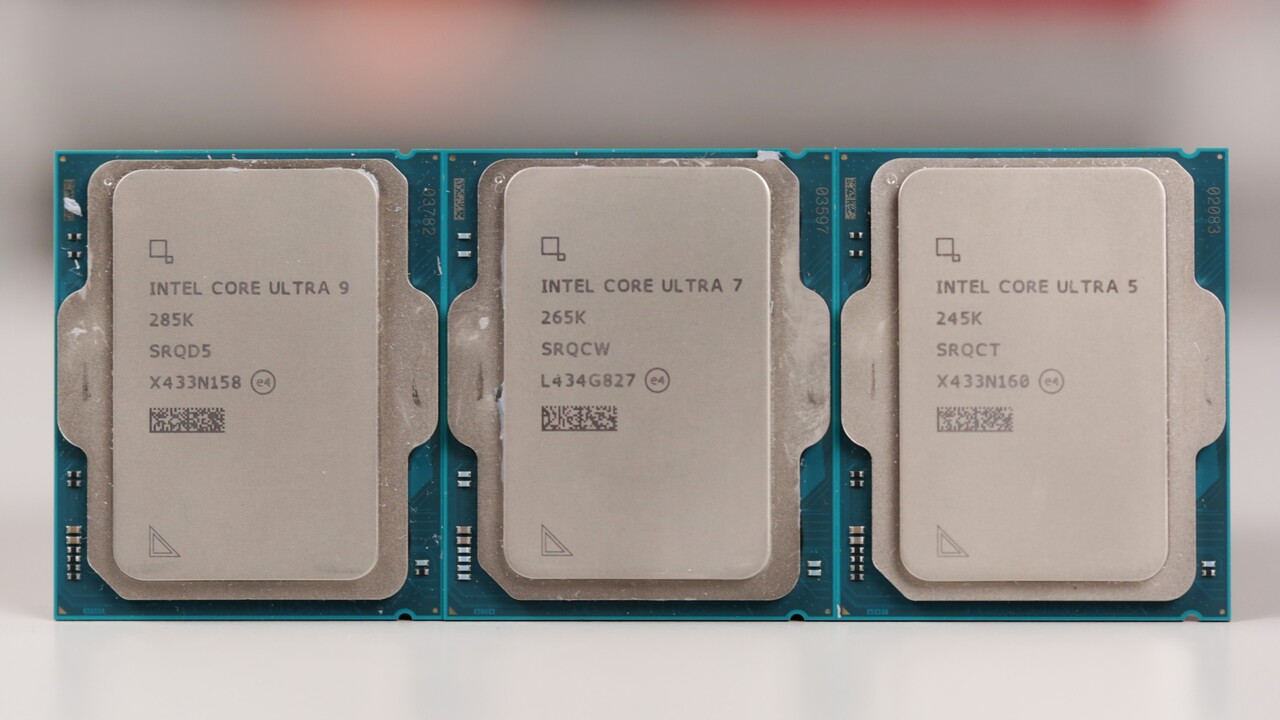Assassin’s Creed Shadows: The Community Continues First-Person Shooter in Feudal Japan 83 comments

The editors of Assassin’s Creed Shadows conducted a test last week. Ubisoft’s action adventure, set in historical Japan with an integrated benchmark mode, offers ideal conditions for another format: the first community benchmark since the Radeon RX 9070 (XT) market launch!
Table of Contents: The community continues first-person shooter shooter in the shadows of feudal Japan in the community benchmark. Further preparations for the outcome of the process invite you to check the process in very short benchmark results.
Assassin’s Creed Shadows in Community Benchmark
On March 20th, Assassin’s Creed Shadows not only debuted as the 14th main installment in the long-running series, but may have been the most significant game in a long time: after several setbacks in recent years, it finally succeeded—both in terms of gameplay and financially. It’s no easy feat, especially since Assassin’s Creed Shadows has undergone two major changes. Ultimately, it seems to have paid off. The new installment isn’t receiving high traffic, but players are positively received and enjoy playing. Over 10,000 reviews have now been collected on Steam, where the game was also released for Ubisoft Connect at the same time.
Graphically, Assassin’s Creed Shadows can perform at its best. The in-house Anvil Engine is still in use, which Ubisoft has significantly rebuilt and massively improved. Ultimately, the whole thing is so successful that Assassin’s Creed Shadows, with its ray-traced world lighting and inviting Japanese landscapes with a dynamic season and weather system, is one of the most beautiful PC games currently available, as TechAstuce discovered last week ahead of the release of the detailed tech test.
But it’s also clear: if you want to experience shadows in their full splendor, you need a solid graphics card for fluid frame rates, even at the low rendering resolution of WQHD with increased quality. In the test, the editorial team tested 22 models from Nvidia, AMD, and Intel; all at three resolutions and with a Ryzen 7 9800x3D. In addition to other analyses, including the quality of the upscaling techniques offered, there was no time for tests with older graphics cards, other details, or weaker processors. Because Assassin’s Creed Shadows has a built-in benchmark, a new community benchmark is ideal, the first after the Radeon RX 9070 (XT).
What is being tested?
The community benchmark values will not be directly comparable to the editorial benchmark results because a real scene from the game was tested there. For the sake of simplicity, it is recommended to use the benchmark tool already integrated into the game for the community benchmark. On the one hand, because it eliminates the cumbersome manipulation of save games. On the other hand, also because the dynamic time of consistent benchmarks can certainly offset the bill.
Nevertheless, as usual, it remains necessary to agree in advance on the specified test series in order to be able to collect resilient and extensive results for concrete graphics settings.
The four-test series for Community Benchmark Resolution VSYNC Graphics Details (TAB “Scalability”) 1,920 × 1,080 (16:9) from the general default “support”,
Global ray tracing lighting “Diffuse: only in hide” 2560 × 1440 (16:9) general default “extremely high”,
Global Illumination Raytracing “Diffuse + Highlights: Everywhere” 3440 × 1440 (21:9) 3840 × 2160 (16:9) Screen mode “Display”: Edgeless, field of view: 100%,
Dynamic resolution: of, upcaler type: nvidia dLSS / AMD FSR,
High level quality: quality, frame production: of, of,
Motion blur: a chromatic aberration:
For simplicity, the same graphics settings are used again in WQHD, UWQHD and UHD resolutions: it is important to select the highest “extremely high” preset; RayTracing is also based on the maximum setting “Diffuse + Highlights: Everywhere”. The standard settings should be restored in the Advertising tab, but then the checkmark should be removed with “Dynamic resolution”. The UPCaler, here must be used DLSS or FSR, must be set to “quality”. Additionally, “frame generation” must be turned off so that consistent results can be guaranteed between generations of the GPU.
As a fallback series for older systems, the editorial team has once again chosen Full HD. The “Display” tab settings stay away from resolution, but the graphics settings are reduced to the medium preset and the rays to the low level possible.

The correct graphics settings for the community benchmark image 1 of 4
Furthermore, as usual, it’s important to ensure that V-sync or frame limiters are disabled by the driver so as not to jeopardize the benchmark performance at high FPS. Assassin’s Creed Shadows should be run in borderless mode.
Other preparations
Participants should also ensure they have installed the correct graphics driver. All three manufacturers have explicitly released optimized versions of Assassin’s Creed Shadows, and the editorial team recommends that they be comparable to these drivers:
AMD Radeon: Adrenaline 25.3.2 NVIDIA GeForce: GeForce 572.83 INTEL ARC: 6651
For simplicity, the community test runs with the benchmark integrated into the benchmark demo. This eliminates the need for laborious manipulation of savegames and external benchmark tools. After the nearly two-minute sequence ends, Assassin’s Creed Shadows spends a result screen for all three sub-instances of the benchmark.
The result view prompts you to verify
Only average FPs are relevant for the community benchmark.
 The result screen prompts you to recheck the settings
The result screen prompts you to recheck the settings
Critical graphics settings that players must manually adjust are again highlighted in the screenshot. The editorial team stops all benchmark participants to double-check before submitting their own results whether up-failure was permanently active in the quality profile and that frame generation was turned off.
The process in a nutshell
Update the graphics driver and restart your PC. Select the desired resolution under “Edgeless.” Select the presets and ray tracing under “Cycle Scalability.” Go to “Animus” > “System” > “Benchmark.”
Submit Benchmark Results
The measured values for this drive test must also be submitted using the following form. If the form is submitted, the CMS automatically generates a post in the comment thread for this article. Participants can add more information here, but it is mandatory to include it outside of the pre-generated area, which is automatically evaluated by the CMS. Only when the post is saved will the computer’s baseline values be visible.
It is important to ensure the correct name, which should always contain information about the GPU and CPU. The information should be presented in the following list and with the existing benchmarks—this greatly increases clarity. Ideally, the comments created can be supplemented with screenshots of the benchmark results. RTX 4070 Ti S, 7800x3drx 9070 XT (UV/OC), 265KARC B580 (150W), 14700K (UV)
Along with the GPU and CPU, it can be indicated whether the chip has been overclocked (OC) or the voltage has been reduced (UV). GPUs must also be mentioned if it is a mobile chip (max q = mq, mobile = m, optimally reduced by specifying the TGP) or the power consumption. In this case, no distinction is made between reference and custom design. Memory information is also not required and is not taken into account.
The form does not need to be fully completed, and selected results can also be reported. Other measured values can be added later by submitting the form again.
Community Test Results
The community test results, provided the formatting of the automatically generated part of the forum post has not been compromised, are gradually identified by the editorial team and then incorporated into the benchmark chart. The orange entry in the charts links to the respective forum post. If there is no link, it is the editorial team’s result.
Benchmarks in Full HD (16:9)
Benchmarks in WQHD (16:9)
Benchmarks in UWQHD (21:9)
Benchmarks in UHD (16:9)
The entire editorial team would like to thank all the participants in the race-up for this campaign. Happy benchmarking!
Was this article interesting, useful, or both? The editorial team welcomes any Techastuce Pro support and disables ad blockers. Learn more about monitors based on your computer.
Topics: Action Games, Adventure, Assassin’s Creed, Community, Benchmark, Gaming, Graphics Cards, Processors, Ubisoft

Marc deciphers processors by testing their performance for gaming, content creation, and artificial intelligence.


